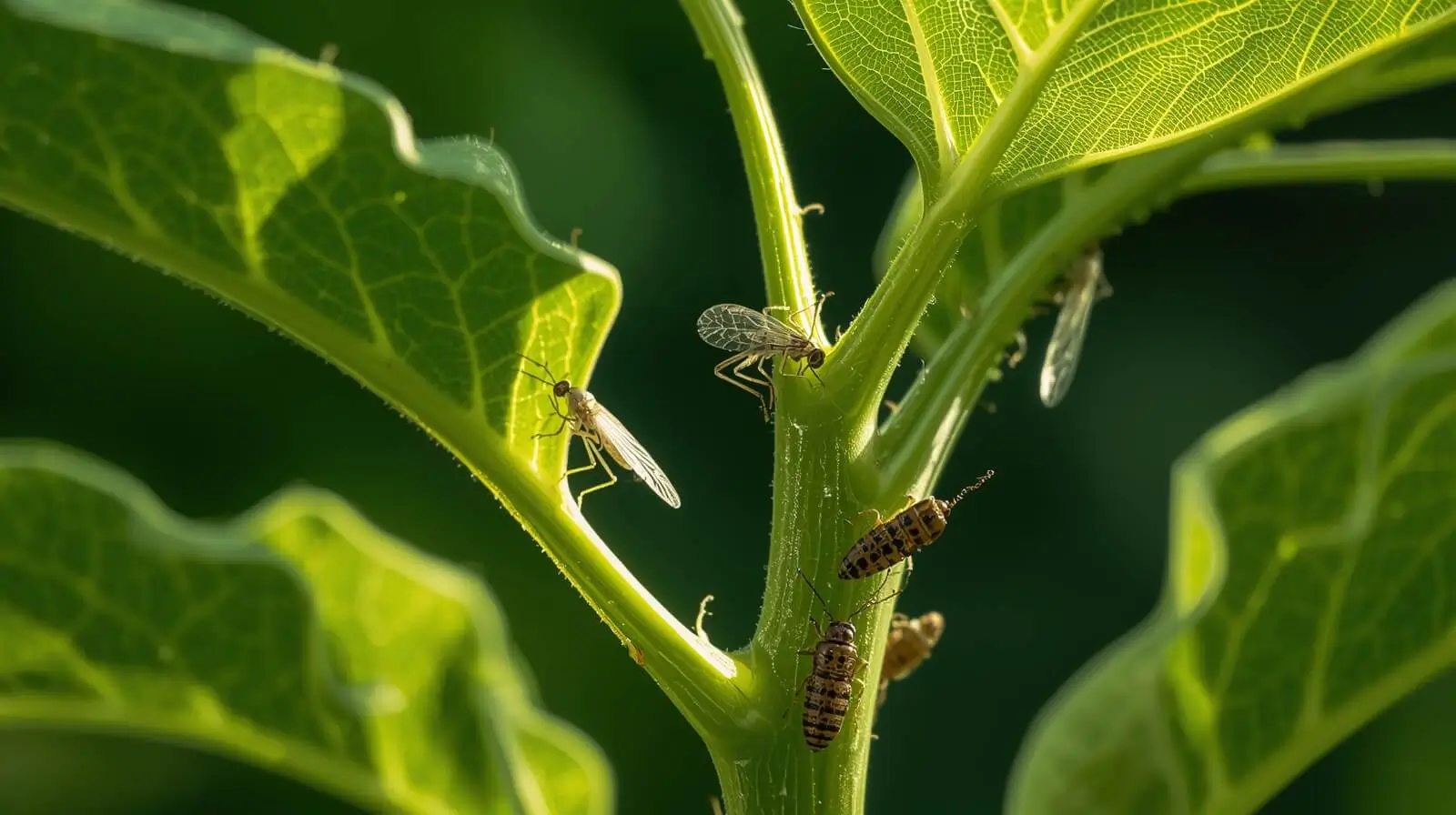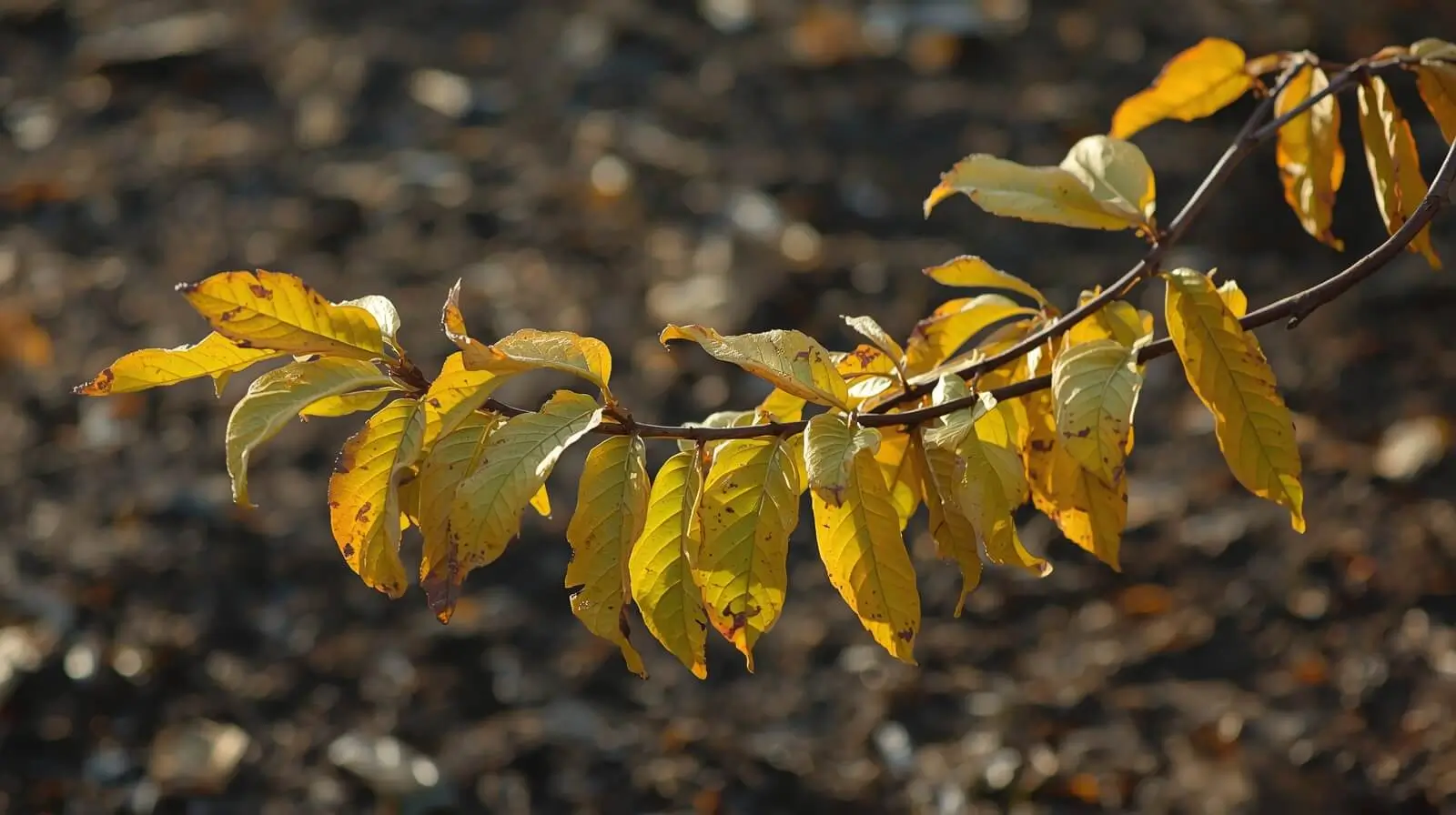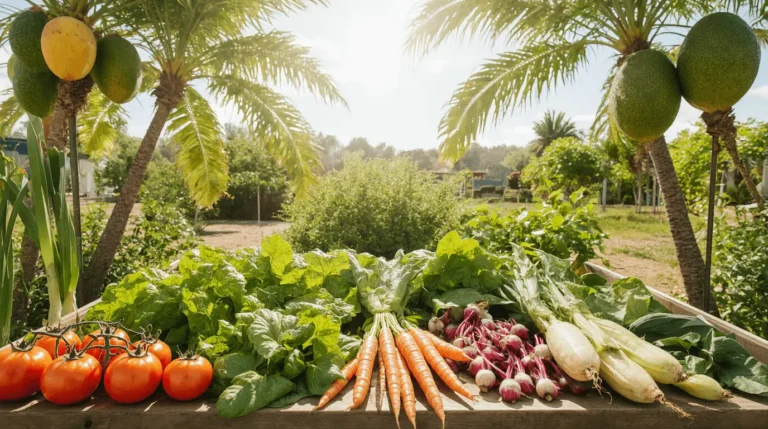When I first started growing the achacha fruit tree, I was drawn to how this Garcinia humilis stands out as a tropical gem that truly flourishes in warm, humid climates, and I realized how its captivating nature enhances the beauty of home gardens and even offers a bountiful harvest when simple gardening skills and real-life experience come together with the right growing conditions and thoughtful care practices; while common challenges can appear during cultivating this unique tree, staying focused on providing ideal conditions, watching for pests and diseases, and protecting the health of these vibrant plants helped me understand the gardeners who follow careful steps in any guide that explores the most essential strategies for successful growth and long-term care, allowing both novice and seasoned gardeners to confidently reap the rewards of their efforts. achacha tree florida
1. Understand the Growing Conditions for Achacha Trees
When I started working with Garcinia humilis, I learned quickly that this tropical fruit tree truly thrives in warm, humid environments with a preferred temperature range of 60°F to 90°F or 15°C to 32°C, and its ability to reach an impressive height of around 12 feet always amazed me. I noticed how flourishing growth depends on well-draining and fertile soil filled with organic material, along with a slightly acidic to neutral pH, and choosing a proper planting site that receives full sunlight for at least six hours daily ensures sufficient light for optimal growth. Over the years, I’ve realized how humidity plays a vital role in the development of these plants, especially in arid regions, where enhancing humidity levels through misting or using a humidifier helps create a favorable microclimate that supports their natural rhythm.
From my experience and the guidance of skilled horticulturists, maintaining conditions like these is the foundation for successful cultivation and consistent fruit production, even though the tree is self-fertile and still benefits from cross-pollination to enhance fruit yield. I’ve seen young plants respond well to watering several times a week, while mature ones prefer being watered once a week, which solves a common concern many gardeners face when learning proper watering habits. With steady proper care, this species is surprisingly easy to cultivate, and over time it becomes a rewarding addition to any garden.
For more background on this tropical fruit species, you can also read a detailed overview of Garcinia humilis, the Achacha tree, on its official Wikipedia page.
2. Plant the Achacha Tree Properly
When I first learned how to Choose the Right Time to plant an achacha fruit tree, I found that early spring after the last frost is the most optimal moment, because the timing helps the tree develop foundations more efficiently before the summer heat arrives, naturally fostering healthy growth and allowing it to establish itself in a truly favorable environment.
- Starting with soil preparation is essential, so I always Prepare the Soil by making sure to dig a hole that is twice the width and equal in depth to the ball of the plant, mixing the dug-up earth with compost and organic matter to boost drainage and overall soil quality. This blend improves fertility, creates favorable environment, and strengthens the plant’s base, which goes a long way in supporting growth and overall health.
- Once the ground is ready, I carefully Position the Tree by placing it at the center, keeping the top of the ball level with the surrounding ground. After that, I refill the hole with prepared earth, slowly and gently compacting it to eliminate air pockets, which might otherwise obstruct plant growth. Good alignment ensures proper positioning, giving the tree the stability and nutrient access it needs from day one.
- To finish well, I always Water Deeply after planting, letting the moisture settle around the roots while preventing wet spots. I try to keep the soil damp without water saturation, because these plants are vulnerable to excessive moisture, which may cause root decay. With adequate watering practices, the tree’s establishment becomes smoother, helping it settle into the soil for strong long-term health.
3. Maintain and Care for Your Achacha Tree
From my own orchard experience, proper Irrigation during the initial six weeks following planting is key, and I always make sure to water the fruit plant every three days before I adjust schedule to once a week. In the winter months, I reduce watering to every two weeks, and when my plants require approximately 0.8 cups of water every 9 days—especially when not exposed to direct sunlight or placed in a 5.0″ pot—I stay crucial about keeping the soil balanced. I try to ensure soil remains consistently damp, but not waterlogged, because the achacha fruit tree is sensitive to excessive watering, which can lead to root decay.
- When it comes to Fertilization, I always apply balanced organic fertilizer every 6-8 weeks during the growing season. I prefer fertilizers enriched with mycorrhizal fungi and beneficial bacteria, as they are essential for promoting robust root development and boosting overall plant health. Many studies indicate that organic fertilizers significantly enhance growth and yield in tropical fruit plants, making them a preferred choice among many gardeners.
- For Pruning, I personally trim achacha fruit tree branches after harvest season, especially to maintain shape and eliminate dead branches or diseased branches. This practice improves air circulation and keeps the tree contributing to healthier plant structure. I always try to create open crown shapes so they can facilitate light and better air penetration inside the canopy.
- With Mulching, I like to apply layer of organic mulch around base of plant to retain moisture, suppress weeds, and regulate soil temperature. I keep the mulch kept 10 inches away from the trunk to prevent rot, which allows the plant to stay strong and allowing plant to thrive in a truly well-maintained environment.
To explore another tropical fruit tree that thrives in warm, humid climates, you can also learn how to grow a Shangri La mulberry tree faster, which pairs beautifully with Achacha in diverse Florida gardens.
4. Troubleshoot Common Issues in Achacha Cultivation
When I work on Pest Management for Achacha fruit trees, I always check the areas where they are most susceptible to pests like aphids, scale insects, and White Peach Scale, because these insects can adversely affect the tree’s health if not caught early. Regular care begins with early detection, so I make time for regular inspections of the leaves and stems. Once pests are identified, I use treatments such as insecticidal soap, neem oil, or even applying paraffin oil and Eco Oil during the dormancy period to effectively address the problem while still promoting well-being in the plants.

- One of the most common concerns is Leaf drop, which often comes from improper watering practices. I’ve seen overwatering create saturated soil that can suffocating roots, while inadequate watering causes dry conditions that weaken the tree. Sometimes prolonged low temperatures make leaves turn light green or yellow because of nutrient absorption challenges. My simple remedy is to regularly check soil moisture levels—if it feels excessively wet, I reduce watering, and if it’s too dry, I increase frequency to maintain optimal moisture levels.

- With Fungal Diseases, I’ve learned that fungal infections are more common in humid environments, so I always try to prevent issues by giving my trees adequate air circulation and remembering to avoid overhead watering, which creates a damp atmosphere conducive to fungal growth. If infections occur, applying Kocide Blue Fungicide helps manage spread and protect plant’s health before the problem worsens.

- When I notice Yellowing leaves, it’s usually a signal to perform a soil test to gather valuable insights about the pH and nutrient levels, which helps me make appropriate amendments. By incorporating organic fertilizers, I can restore nutrient balance and encourage healthy foliage growth, especially in young achacha fruit trees that need more frequent watering than established achacha fruit trees, which only need to be watered once a week.
Read Also:
- Gardening & Plant Care Guide for Thriving Plants
- Tropical Fruit Trees: Grow Exotic Paradise at Home (Guide)

Conclusion
Caring for an achacha tree becomes much easier when you understand how to spot early problems and apply the right solutions at the right time. By managing pests, correcting watering practices, preventing fungal diseases, and responding quickly to nutrient imbalances, you create a stable and healthy environment for long-term growth. With consistent observation and small adjustments, your achacha tree can stay strong, productive, and resilient throughout the seasons.
FAQs
1. Why is my achacha tree dropping leaves?
Leaf drop usually happens due to improper watering practices, including both overwatering and inadequate watering. Cold temperatures and nutrient problems can also cause this.
2. How do I control pests like White Peach Scale and aphids?
Inspect your tree often and use insecticidal soap, neem oil, paraffin oil, or Eco Oil during the dormancy period to keep pests under control.
3. What does yellowing of leaves mean?
Yellowing leaves usually signal nutrient issues. Conduct a soil test to check pH and nutrient levels, then apply organic fertilizers to restore balance.
4. How can I prevent fungal diseases on my achacha tree?
Avoid overhead watering, maintain adequate air circulation, and keep the environment from becoming too humid or damp. Use Kocide Blue Fungicide when infections appear.
5. How often should I water my young and mature achacha trees?
Young achacha fruit trees need frequent watering, while established achacha fruit trees should be watered once a week unless soil conditions demand otherwise.




